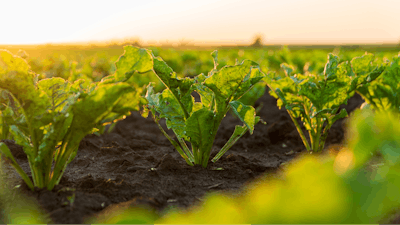
Modern plant breeding is a data-centric enterprise, involving machine learning algorithms and sophisticated imaging technology to select desirable traits. “Plant phenotyping” - the science of gathering precise information and measurements on plants - has seen massive improvements over the last couple of years.
In the past, phenotyping relied on measurements taken tediously by humans. Today, phenotyping pipelines are becoming more and more automated, using state-of-the-art sensor technology, often assisted by artificial intelligence. Measurements taken can include size, fruit quality, leaf shape and size, and other growth parameters. In addition to the efficiency gains of handing over the measurement work to automated pipelines, computer-assisted sensors can often capture complex information about a plant that would be very hard for humans to gather on a large scale.
One crucial aspect in this new, sensor-driven world of crop breeding is the availability of precise reference material.
The sensors need to be presented with data on a “standard plant” that encompass all relevant characteristics, including also more complex, 3-dimensional traits such as the angle at which the leaves are oriented. Having an actual “artificial plant” as a real-size reference is therefore preferable to just having data in the computer, or a flat, 2D representation. An actual model can, for example, also be included as a reference and internal control within a green house or test field among the real plants.
The new 3D-printed model of a sugar beet plant was generated with these applications in mind and has the additional advantage that the printing files are available for free download and reuse. This allows other scientists to recreate an exact copy of the reference sugar beet, making research done by different labs in different parts of the world more comparable. The affordability of 3D printing also means the approach can be adapted in resource poor settings, for example in developing countries.
To gather the precise data for their realistic model, the authors - Jonas Bömer and colleagues from the Institute of Sugar Beet Research (Göttingen) and the University of Bonn - used LIDAR (Light Detection and Ranging) technology. In short, a real sugar beet plant was scanned by a laser to create 3D data from 12 different viewing angles. After processing steps, this data was then fed into a commercial-grade 3D printer to create the actual real-size model of the sugar beet. The authors then tested the model for its intended use as point of reference, in the lab and in the field.
The approach is not restricted to sugar beet of course, and the new GigaScience study demonstrates how the combination of artificial intelligence, 3D printing, and sensor technology can contribute to the plant breeding of the future - thus helping to feed the world’s population with healthy, delicious crops.






















